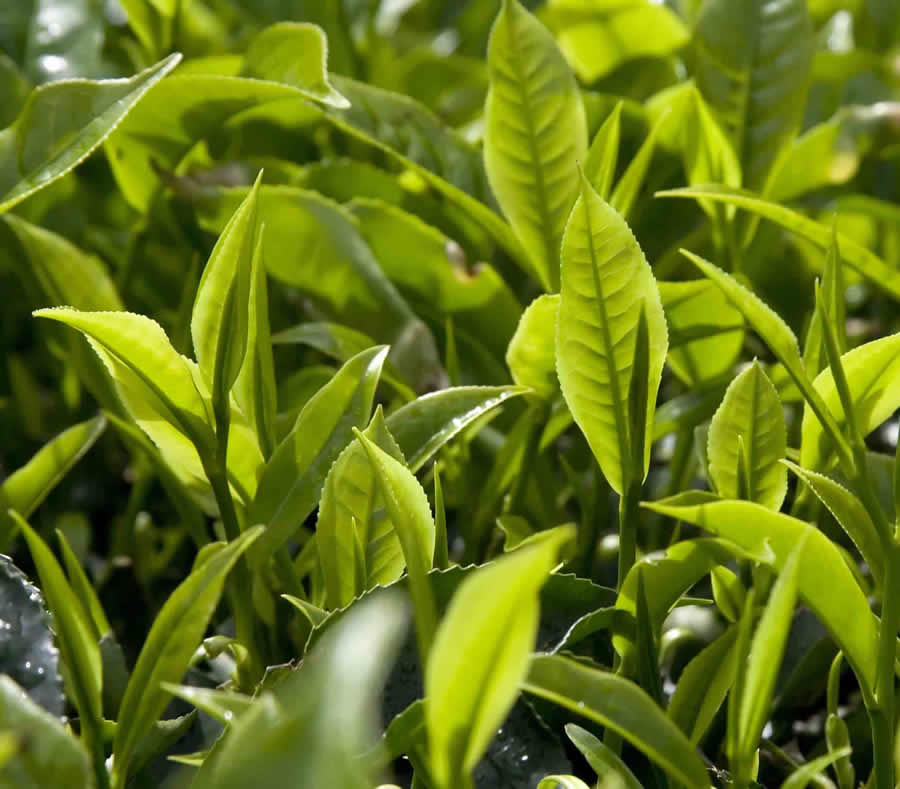 ONE BIOSPHERE
ONE BIOSPHERE
| |
|
|||
ENTER OUR ENVIRONMENTAL FORUM READ NEWS ABOUT THE ENVIRONMENT
We embrace Alternative Renewable Fuels, Organic & Fair Trade Products and Green Solutions for a Sustainable Biosphere
Bioenergy, Biofuels and Their Impacts on Biodiversity
Bioenergy is the energy derived from organic materials i.e. living plants and plant components. Crops grown for bioenergy include traditional crops such as corn, wheat and rapeseed oil, but also dedicated energy crops, like short-rotation willow coppice, grasses and forestry products.Bioenergy is renewable energy made available from materials derived from biological sources. It is a synonym to biofuel which is fuel derived from biological sources. In its broader meaning, it includes biomass, the biological material used as a biofuel, as well as the social, economic, scientific and technical fields associated with using biological sources for energy. This is a misconception because bioenergy is the energy extracted from the biomass to the extent that the biomass is the fuel and the bioenergy is the energy contained in the fuel.
Biomass is any organic material which has stored sunlight in the form of chemical energy. As a fuel it may include wood, wood waste, straw, manure, sugar cane, and many other byproducts from a variety of agricultural processes.
Production of bioenergy is gaining greater attention as a feasible method of reducing dependence on imported oil and gas. It has been recommended as one of the future factors in solving global warming.
The European Commission and the American government have highlighted bioenergy in order to promote production. Various groups have been exploring bioenergy in order to determine the impact of development in this industry on the environment and animals.
If biofuels are managed on a sustainable basis, the use of biomass, biogas and biofuels will reduce greenhouse gas emissions. However, without measured regulation and well developed policies controlling the industry, rapid utilization of crops for bioenergy production could potentially have lethal impacts on the environment.
The initial appeal of bioenergy is that it is conceptually a renewable energy source. Crops may be converted to energy either by being processed into liquid fuel for the transport sector i.e. biofuels or by being burned in power plants i.e. biomass. Upon combustion, carbon dioxide (CO2) is released. Since these materials are derived from biological material, the carbon released from combustion is derived from CO2 absorbed by plant material through the process of photosynthesis. In essence, production of energy from biofuels or biomass may be considered as recycling CO2.
However, this scenario does not present the complete analysis. Bioenergy production is not a neutral process in terms of greenhouse gases. During production, processing and transportation of the crops, various other inputs are required. Fossil fuels are used to run tractors for cultivating the land; fertilizers and pesticides are needed to grow the energy crops. In fact, one of the most dangerous greenhouse gases, nitrous oxide (N2O), is released from intensively fertilized fields and a great deal of energy is required to convert the crop into fuel. Life-cycle analyses of bioenergy production have revealed that unless managed carefully, production may result in a net increase in the emission of greenhouse gases.
Bioenergy crops could replace natural habitats. It is not only the carbon balance of bioenergy production that will affect animals. With recent changes in agricultural policies, many western farmers are reverting to growing bioenergy crops to boost incomes and provide new rural productive opportunities. These are very important positive benefits for rural communities, but the key is to grow the crops without destroying habitats in the agricultural landscape that are essential for natural flora and fauna.
Recent assessments of the animal world indicates that over 40% of bird species are now in danger of extinction. The problem has become more critical in the past ten years. For example, farmland birds have declined drastically by almost one third between 1980 and 2002. Common farmland birds have already undergone a sharp decline due largely to the intensification of agriculture.
The current rapid expansion of energy crops may be undertaken on land that had previously been withdrawn from production under agriculture policies. Farmers have been given subsidies to set aside fallow land and these pockets of natural land are critical for the survival of natural animals and birds. In areas of intensive agriculture, this surplus land comprises essentially the only habitat left for many grassland species. Farmers are already allowed to grow energy crops on land set aside for natural plants and animals. In the event that additional incentives are granted, there may be a loss of hundreds of thousands of acres of key wildlife habitat within a few years.
Global Issue
Experts have described the global implications of the increasing usage of bioenergy. Some of the most promising crops for producing biofuels are oil palm and soy, two rapidly expanding tropical monocultures which are among the chief causes of tropical deforestation. A large surge in demand for biodiesel would drive the large scale clearing of forests in key biodiversity hotspots such as Indonesia or the Brazilian Cerrado, a tropical savannah with great biodiversity.
The Brazilian Cerrado, wooded grassland that in the past covered an area half the size of Europe, is quickly being transformed into croplands to meet rising demand for soybeans, sugarcane, and cattle. The Cerrado is now disappearing twice as quickly as the neighboring Amazon rainforest according to Brazilian ecosystem experts.
The Indonesian Government has plans to clear three million hectares of forest to create palm oil plantations dedicated to biodiesel production. Losing these large areas of habitat biodiversity will cause the elimination of threatened bird species and also threatened mammal species such as the Orang-utan.


